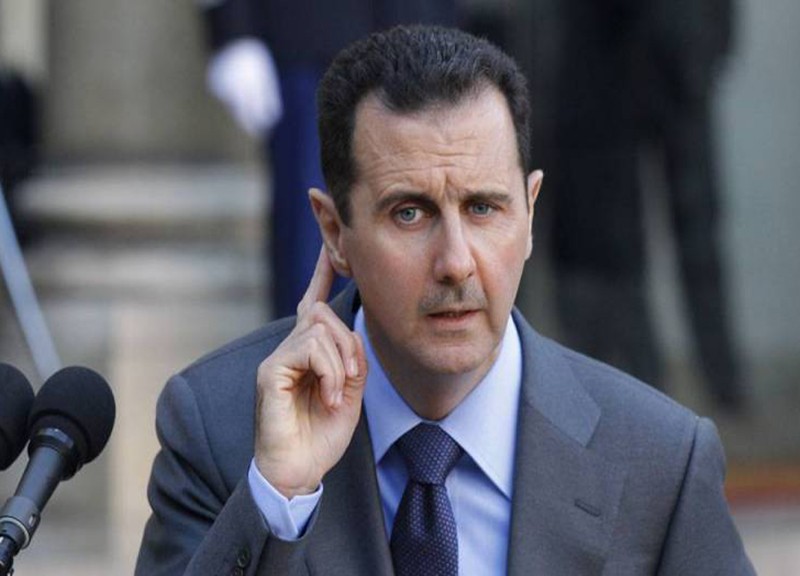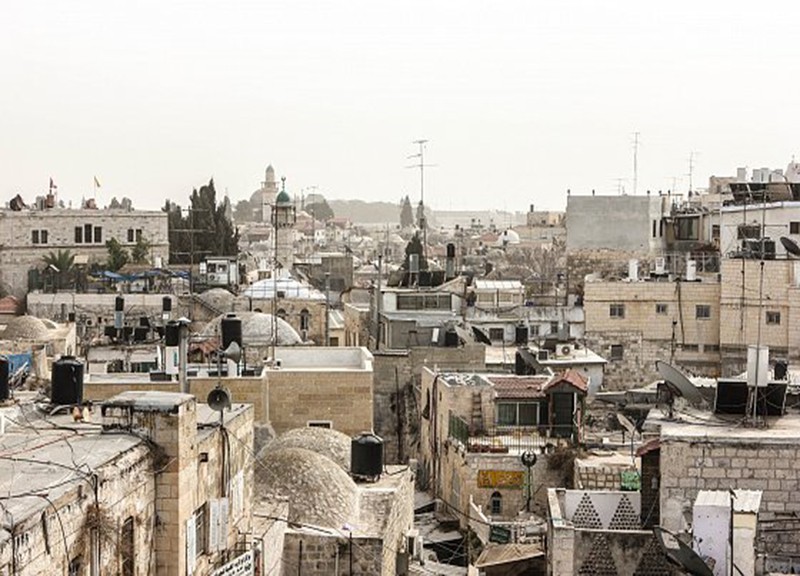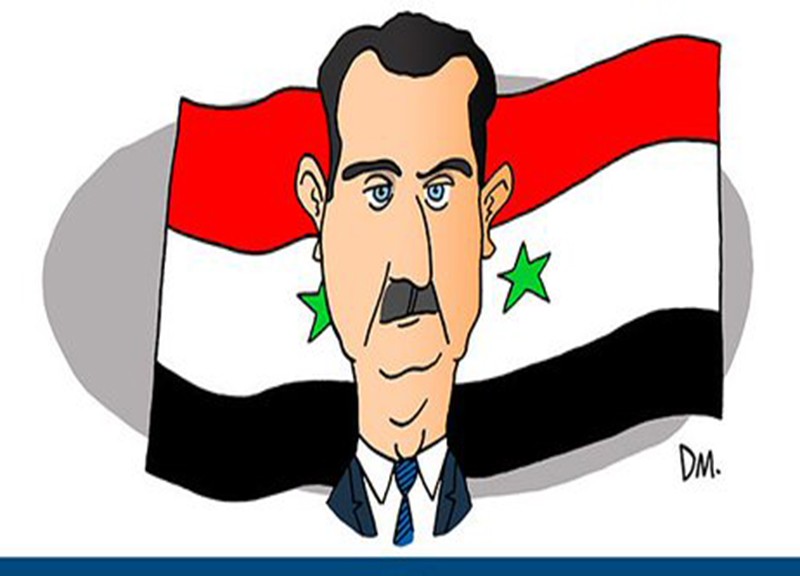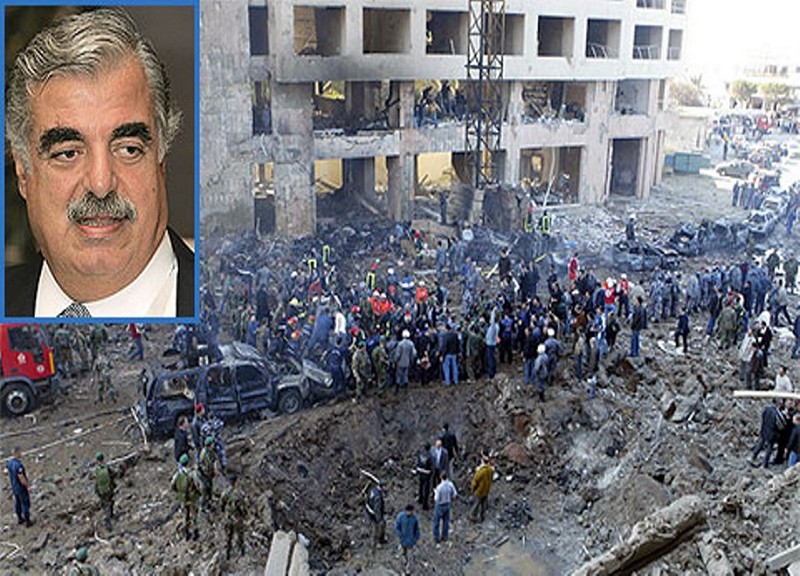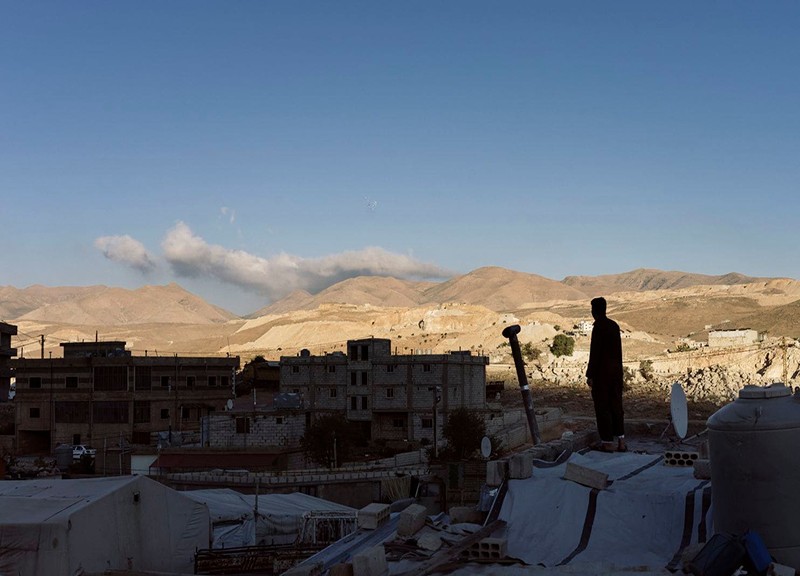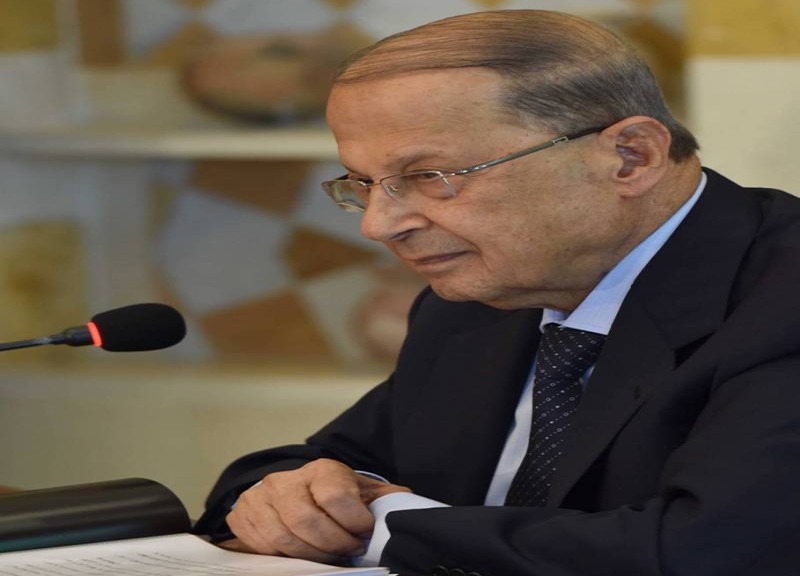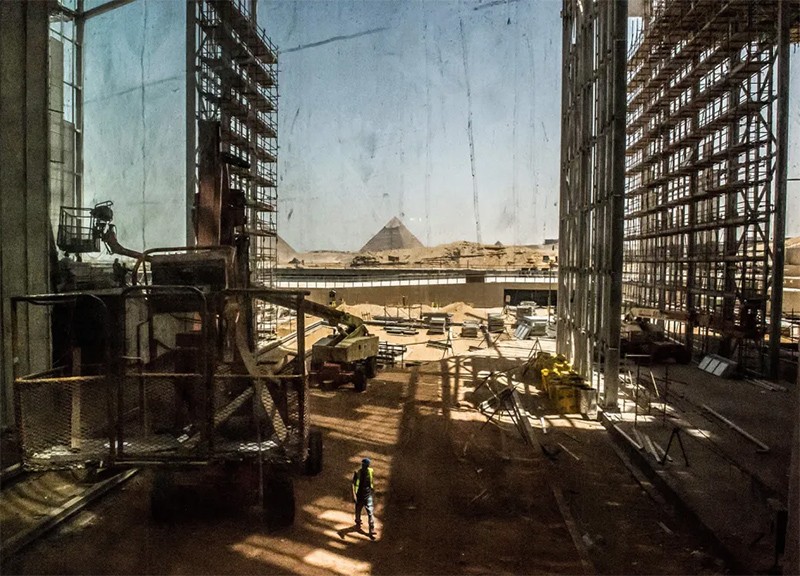
Although the economy is recovering, analysts warn that Sisi’s vanity projects could harm the country in the long term.
By Nosmot Gbadamosi, a multimedia journalist and the writer of Foreign Policy’s weekly Africa Brief.
Earlier this month, Egypt unveiled plans to develop a new 1,680-acre desert city named Jirian. The massive initiative will see roughly 7 percent of the country’s annual Nile River quota rerouted from fertile delta regions via a human-made channel that winds through the city. It will be located near the colossal Grand Egyptian Museum, which recently opened on the outskirts of Cairo, and the Sphinx International Airport.
It is the latest in a string of megaprojects undertaken by President Abdel Fattah al-Sisi. These have included a $59 billion new administrative capital east of Cairo, a $1.3 billion monorail, a $23 billion high-speed rail, and several other planned upmarket cities—all financed with soaring external debt.
Egypt’s hope is that these projects will spur long-term growth and development. Prime Minister Mostafa Madbouly has said that the Jirian development, for instance, will create 250,000 jobs and homes for millions of families.
Yet critics argue that these undertakings are just another way for the Sisi regime to ensure its grip on the country. Since Sisi led a military coup against Egypt’s first democratically elected president, Mohamed Morsi, in 2013, the military has been closely involved in many government projects. As firms connected to the military gain control over more prime real estate, many of the country’s urban poor are being moved to the outskirts of cities, making it harder to mobilize mass unrest.
Meanwhile, multilateral lenders and governments continue to pour billions of dollars into Egypt. The country receives loans from the International Monetary Fund (IMF), the European Union, and China, as well as grants from the United Arab Emirates and Saudi Arabia. Egypt’s external debt has climbed from $37 billion in 2010 to $155 billion as of last September.
An initial $3 billion IMF bailout package approved in 2022 was expanded to $8 billion in March 2024. In April, the EU approved a $4.6 billion loan package for Egypt.
Meanwhile, Egypt has partnered for many of its infrastructure projects with Chinese companies, including the state-owned China State Construction Engineering Corporation. And the UAE has invested $35 billion in a project in Ras El Hekma, a planned resort destination on the Mediterranean coast.
Although the Egyptian economy is recovering this year, as financial reforms required by the IMF have put the country on a growth trajectory, many analysts warn that Sisi’s failure to curb spending on vanity projects could harm the country’s economic prospects.
In February, Egyptian billionaire Naguib Sawiris called for the country to reconsider its foreign-funded megaprojects spurred by what he described as “an overambitious president.” Last month, international trade expert Nermin Tahoun warned that Egypt’s debt service burden surpasses 50 percent of its public spending and could lead to worse fiscal challenges for the country.
The Jirian luxury city is expected to take five years to complete. In the meantime, poverty in Egypt is on the rise, and ordinary Egyptians continue to face a cost-of-living crisis. Inflation hit a four-month high in May, reaching 16.8 percent.





